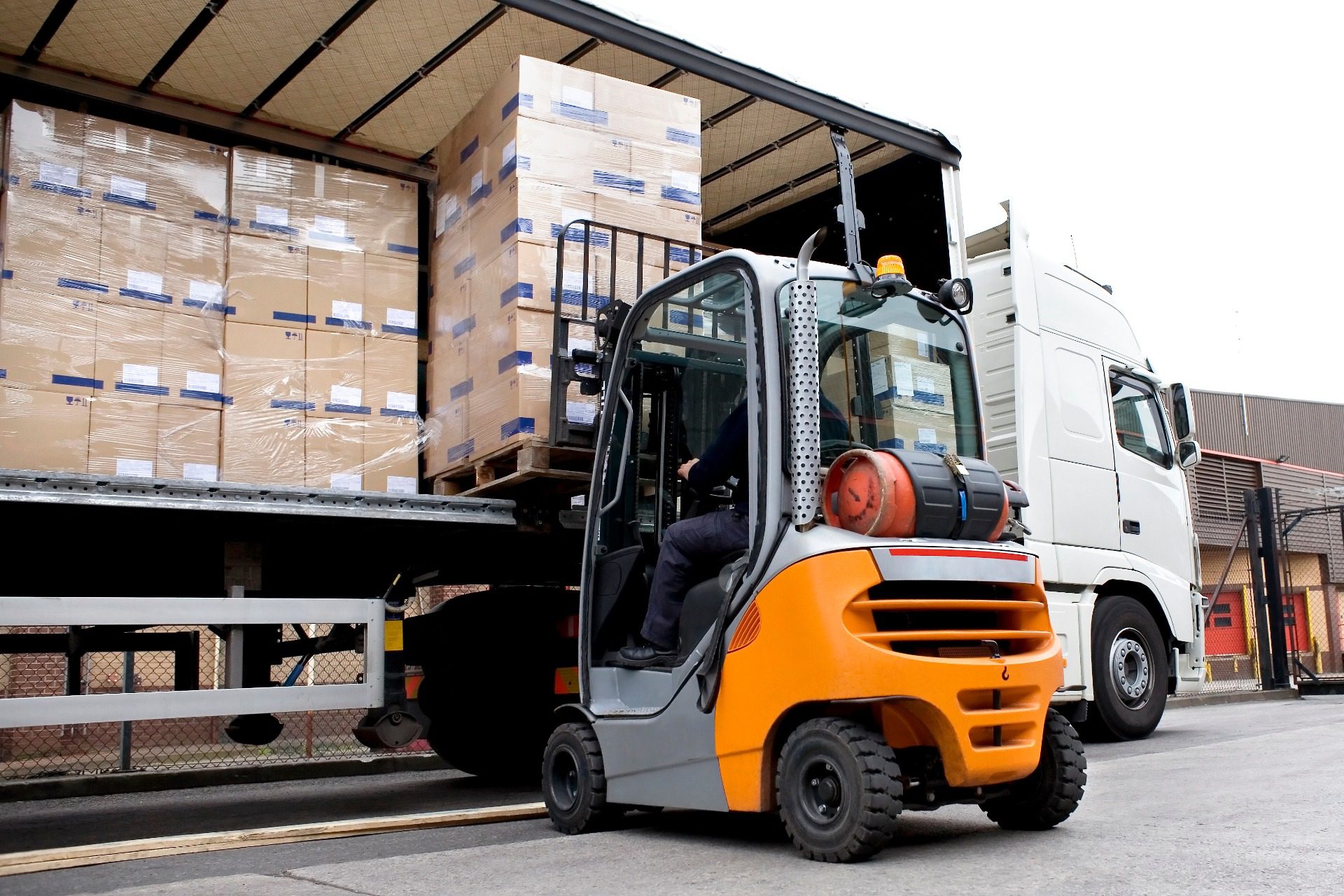When it comes to shipping goods domestically, it’s inevitable to run into the factor of shipping zones. While most know about the existence of shipping zones, it’s less common for someone to understand why shipping zones exist and how they affect the price of shipping. There is a lot to be gained in understanding shipping zones, especially for ecommerce businesses that need to understand fulfillment costs and delivery times. Shipping zones can be a tad complicated, but with understanding the way is substantial profit to be made and shipping processes can become more streamlined and efficient.
Shipping zones will vary depending on which shipping carrier is chosen for the delivery. In this article we’ll explore shipping zones, as well as:
- What Are Shipping Zones?
- How Are Shipping Zones Calculated
- How Shipping Zones Affect Shipping Costs
- How Can a 3PL Help Offset Costs
What Are Shipping Zones?
A shipping zone is a geographical region that is serviced by a shipping carrier, with each zone representing a certain distance range from one point to the other. Every shipping zone will consist of a group of ZIP codes that help zone numbers become determined. The reason why shipping zones can be a tad complicated is because they are not fixed, the distance traveled and the original point of origin determine the shipping zone. Typically speaking, higher zone numbers indicate a longer distance.
As an example, let’s look at shipping zones for USPS and assume that we’re shipping an order from Chicago. USPS shipping zones range from 1-9, with local shipments considered Zone 1 and Zone 9 indicating a non-domestic zone. Shipping from Chicago to Columbus, OH would reflect shipping Zone 3, but if we instead ship that parcel to Los Angeles, CA we would be sending goods to shipping Zone 7. Naturally, these shipping zones have a close relationship with the shipping fees calculated for any delivery. Having a firm grasp of shipping zones allows business owners to better understand shipping costs, see the impact shipping zones have on their profits, and potentially provide cheaper shipping options to customers to create an incentive for business.
How Are Shipping Zones Calculated
Shipping zones exist to simplify the process of being charged for a delivery by a shipping carrier. Someone arranging to send products within the same state shouldn’t have to pay the same amount as someone shipping across multiple states. Shipping zone calculations will depend on two main factors: the shipping company used and the distance between the origin and final destination. Each shipping company will have unique shipping zone processes and calculations, with FedEx, USPS, and UPS being the most common carriers in use. While the international shipping carrier DHL doesn’t provide as much information about shipping zones, they do provide a helpful calculator for determining shipping times.
UPS
The United Parcel Service is a reputable shipping carrier with a comprehensive procedure for pricing deliveries based on shipping zones. Calculating the shipping zone is super easy with UPS’ shipping zone calculator that allows users to enter the zipcodes of the origin and destination to determine the zone and quote. UPS is able to calculate zones for the lower 48 states and Puerto Rico as well as Hawaii and Alaska, as well as offer quotes for air freight.
FedEx
FedEx calculates its shipping zones in a very similar fashion to UPS, with the FedEx Freight zone locator that customers may use to have an idea of what they’re delivery will cost. Using this tool, customers are able to find their shipping zone and learn the different postal code tiers if they’d like. FedEx provides a spreadsheet of shopping zones that detail the different pickup and delivery charges. FedEx also allows customers to calculate shipping zones for Canada as well as domestic freights.
United States Post Office (USPS)
For those looking to ship with USPS, shipping zones will depend both on the destination of the goods but also the weight, as lighter items tend to be sent through USPS. Small and upcoming businesses tend to prefer USPS because shipping options are cheap and reliable. USPS shipping zones are calculated in a similar fashion as FedEx and UPS, with a Domestic Zone Calculator and downloadable content for those looking to understand the full scope of shipping zones in order to decide on a carrier.
How Shipping Zones Affect Shipping Costs
The existence of shipping zones is largely due to providing a fair price point to those looking to ship items, with distance and weight being large factors to consider when providing an accurate quote for shipping costs. For select businesses such as ecommerce environments or industries that are expected to provide quick shipping, shipping zones should be a concept understood. Shipping zones affect a business’ fulfillment ability and delivery times, naturally customers closer to the fulfillment center will receive their items faster and those who are multiple zones away should expect it to take longer.
Being able to identify these zones and work them to a business’ advantage can save business owners and customer’s money in the long run. Sellers can offer reduced shipping fees or even free shipping for those closer to its location, a welcomed incentive for someone looking to build their brand and increase sales. Minimizing the time that an item takes to deliver, by understanding shipping zones, is a lucrative and worthwhile element of setting up any product fulfillment process.
How Can a 3PL Help Offset Costs
There are numerous ways to offset the costs of shipping by focusing on the locations these deliveries take place. As covered, shipping zones are based on the point of origin’s distance to the delivery location. A shorter distance means shipping costs less, which means that if there is only one or two locations in which items are being shipped that shipping prices are likely to be high. With more fulfillment centers around the country to ship items, the less likely it is to have to ship something a far distance. This creates a natural opportunity for expansion, and contracting a third-party logistics company is the perfect way to take advantage of this.
For example, ShipCalm provides warehouses in Carlsbad, CA and Plainfield, IN, at the edge and center of the country which helps break up the distances needed for shipping if items are frequently sent across the country. Having access to numerous fulfillment centers such as these allows shipping costs to go tremendously down and allows business owners the ability to lower shipping fees for consumers as well. In a culture that has embraced speedy shipping, understanding how to work shipping zones to a business’ advantage is crucial for success.
ShipCalm Can Help Reduce Logistics Costs
Having a confident knowledge in shipping zones and product fulfillment is a necessary element for running a successful business, regardless of if it’s a brick-and-mortar shop or ecommerce store. Understanding the process of how your goods arrive to consumers increases profits and supports overall growth, with shipping and delivery at the core of the increase of online sales we’ve seen in recent years. ShipCalm seeks to assist with ecommerce shipping needs, our eCommerce Service Page includes our extensive list of options we provide to business owners looking to streamline their shipping practices. ShipCalm can provide the support needed to grow and answer any questions business owners have regarding shipping zones and more. Contact us for a custom price today!




